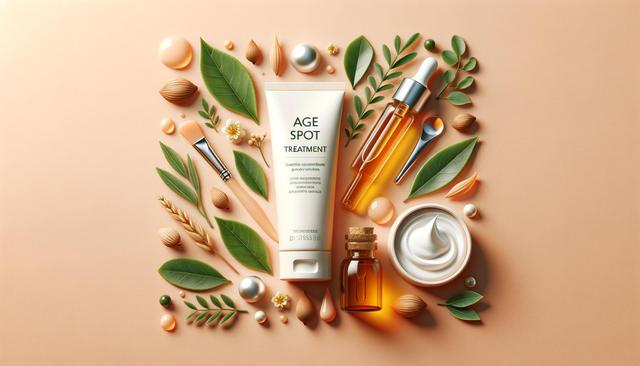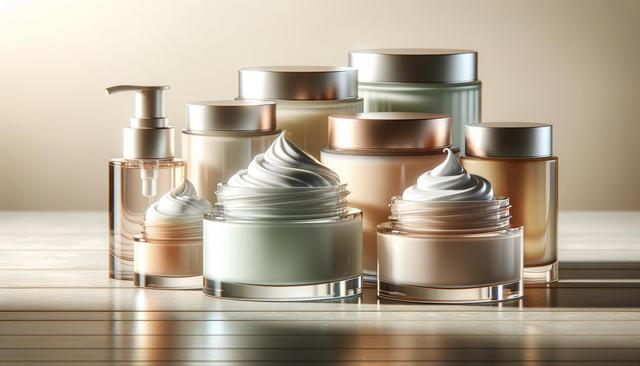Understanding Age Spots: Causes and Risk Factors
Age spots, also known as liver spots or sun spots, are flat, brown, gray, or black spots that typically appear on areas exposed to the sun, such as the face, hands, shoulders, and arms. They are most common in individuals over the age of 50, but younger people can develop them as well—especially those who spend a lot of time in the sun without protection. These pigmented areas are caused by an overproduction of melanin, often triggered by ultraviolet (UV) light exposure.
Several factors contribute to the development of age spots, including:
- Prolonged sun exposure without sunscreen
- Frequent use of tanning beds
- Aging and genetic predisposition
- Hormonal changes and certain medications
Understanding the root causes of age spots is essential before choosing a treatment. Some people see them as a normal part of aging, while others look for effective ways to fade or remove them. Fortunately, there are now multiple age spot treatment options that cater to different skin types and preferences.
Topical Treatments: Creams and Serums for Age Spot Removal
One of the most accessible age spot treatment options is the use of over-the-counter (OTC) creams and serums. These products typically contain active ingredients that help lighten hyperpigmented areas by slowing melanin production or exfoliating the skin to promote new cell growth. When used consistently, many users report visible improvements in skin tone and texture.
Common ingredients found in age spot creams include:
- Hydroquinone (used in controlled concentrations for its skin-lightening properties)
- Retinoids (vitamin A derivatives that increase cell turnover)
- Vitamin C (a known antioxidant that brightens skin)
- Niacinamide (a form of vitamin B3 that reduces pigmentation)
In 2025, several products have gained attention for their formulation quality and results. These creams are generally suitable for mild to moderate pigmentation and can be found in pharmacies and online. However, results may vary depending on skin type and consistency of use. For sensitive skin, it’s important to choose fragrance-free and dermatologist-tested options to minimize irritation.
Laser Treatments: A Precise Approach to Spot Removal
For those seeking a more immediate and targeted solution, laser treatments offer a high-precision method for removing age spots. These procedures work by using focused light energy to break down excess melanin in the skin without damaging surrounding tissue. Over time, the treated spots fade and are replaced by new, healthy skin cells.
Popular laser options for age spot treatment include:
- Intense Pulsed Light (IPL) therapy
- Q-switched Nd:YAG lasers
- Fractional laser resurfacing
Each technique has its own benefits depending on the depth and color of the pigmentation. A board-certified dermatologist or licensed skin care professional can recommend the most appropriate laser option based on your skin tone and medical history. While laser treatments are generally safe, they may require multiple sessions and come with a brief recovery period involving redness or peeling. Costs vary, but many clinics offer consultations to help you determine the right course of action.
Professional Treatments at Clinics and Dermatologist Offices
Visiting a dermatologist or skin care clinic offers access to a range of professional age spot removal treatments beyond lasers. Chemical peels and microdermabrasion are two additional methods that can help reduce age spots by removing the outer layers of the skin. These procedures stimulate skin renewal and are often used in combination with topical treatments for enhanced results.
Here are some of the professional treatments available:
- Chemical peels using glycolic acid or trichloroacetic acid (TCA)
- Microdermabrasion, a mechanical exfoliation technique
- Cryotherapy, which involves freezing age spots with liquid nitrogen
Booking a consultation with a qualified provider helps ensure that the treatment plan is safe and tailored to your skin type. Many clinics offer online booking systems to make scheduling easy. When searching for a provider, look for licensed professionals with experience in aesthetic dermatology. Reading client reviews and checking credentials can help you choose a well-regarded clinic near you.
Choosing the Right Treatment: What to Consider
With so many age spot treatment options available, it’s important to choose an approach that aligns with your skin type, budget, and desired outcome. While over-the-counter creams can provide gradual improvement, professional procedures offer more dramatic results—often in a shorter time frame. However, they may also carry a higher cost and potential side effects.
Consider the following factors when selecting a treatment:
- Skin sensitivity and history of allergic reactions
- Time commitment for treatments and recovery
- Cost and insurance coverage
- Desired speed and extent of results
Whether you’re starting with a cream or booking a session with a clinic, consistency and sun protection are key. To maintain progress and prevent new age spots from forming, daily use of a broad-spectrum sunscreen with SPF 30 or higher is strongly recommended. Protective clothing, hats, and limiting direct sun exposure during peak hours can also support long-term skin health.
Conclusion: Finding Your Path to Clearer Skin
Age spots are a common concern, but with the wide range of treatments available today, it’s possible to reduce their appearance and improve overall skin tone. From topical creams to advanced laser procedures, each method offers its own set of advantages. The key is to assess your needs, research your options, and consult with a qualified professional when necessary. By taking a thoughtful approach, you can find an age spot treatment that fits your lifestyle and supports your skin goals for 2025 and beyond.




Leave a Reply